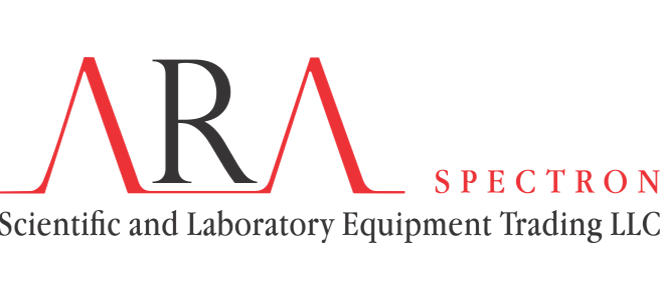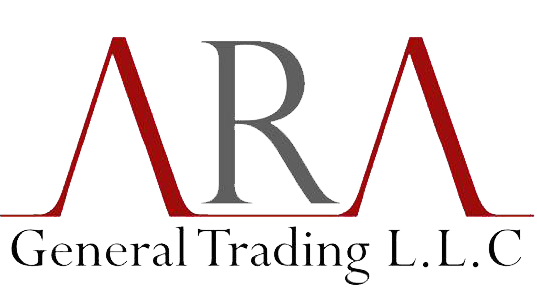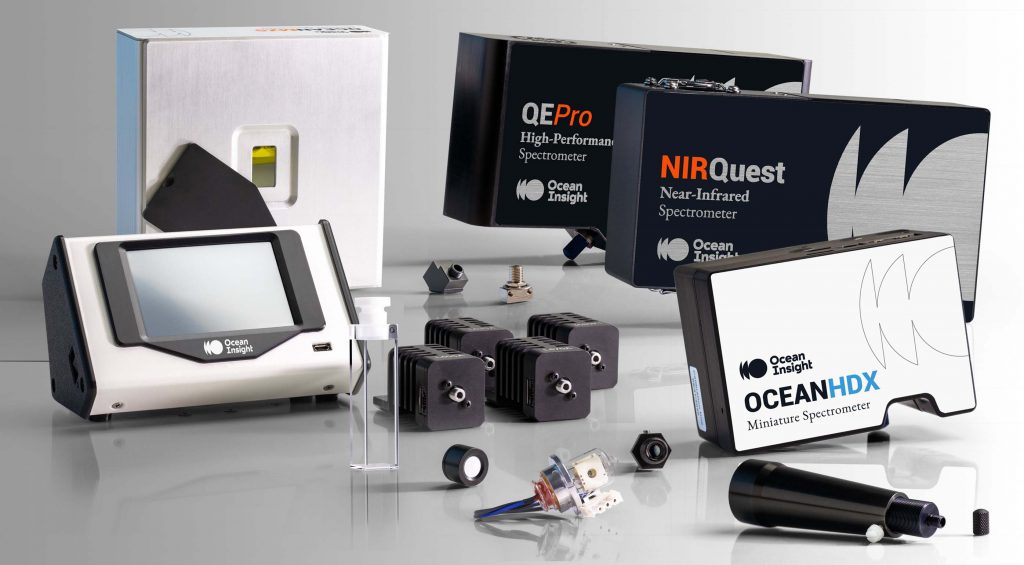Title
A General Introduction on Modular Spectroscopy’s applications with focus on Phosphorescence Measurement
Thursday 18th Nov. 2021 @ 2:30pm-KSA Time
Topics
Atomic spectroscopy: Plasma Monitoring, LIBS, LIF and Irradiance Spectroscopy techniques
Speaker
Mitra Amoli diva (PhD), Spectroscopy Application Manager, ARA Spectron Company
Abstract
Atomic spectroscopy is comprised by a wide number of analytical techniques that rely on diverse principles, and also have an extensive variety of applications. Nevertheless, the common denominator with the aforementioned techniques is that they all have the capability of obtaining elemental chemical information from the samples of interest. This feat is achieved by studying/monitoring the electromagnetic radiation, which is absorbed and emitted by the atoms of the sample. Three main techniques of atomic spectroscopy are: Optical spectroscopy, Electron spectroscopy and Mass spectroscopy (MS). In optical spectroscopy which is going to be detailed, the intensity of the non-absorbed photons or the emitted photons is monitored as a function of photon energy. This section will give you a basic overview of the most commonly used techniques and provide the information necessary to help you select the one that best suits your specific needs and applications.
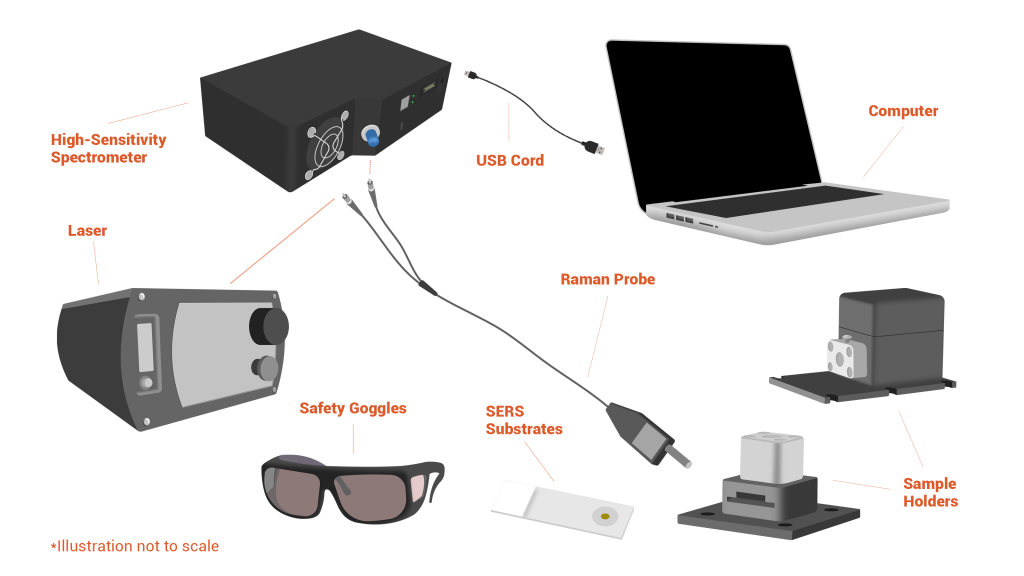
Molecular spectroscopy: Raman, Fluorescence, Absorbance/ Transmittance/Reflection Measurement
Speaker
Mitra Amoli diva (PhD), Spectroscopy Application Manager, ARA Spectron Company
Abstract
Spectroscopy is the study of how matter interacts with electromagnetic radiation. Molecular spectroscopy generally focuses specifically on the interactions with molecules. One well known example of electromagnetic radiation is visible light. Electromagnetic radiation can be characterized by its energy, intensity, frequency and wavelength and after nitration of radiation with light, identification of a species involves recording the absorption or emission of a species as a function of the frequency or wavelength to obtain a spectrum (the spectrum is a plot of the absorbance or emission intensity as a function of wavelength). The features in the spectrum provide a signature for a molecule that may be used for purposes of identification. The more unique the spectrum for a species, the more useful it is for compound identification.
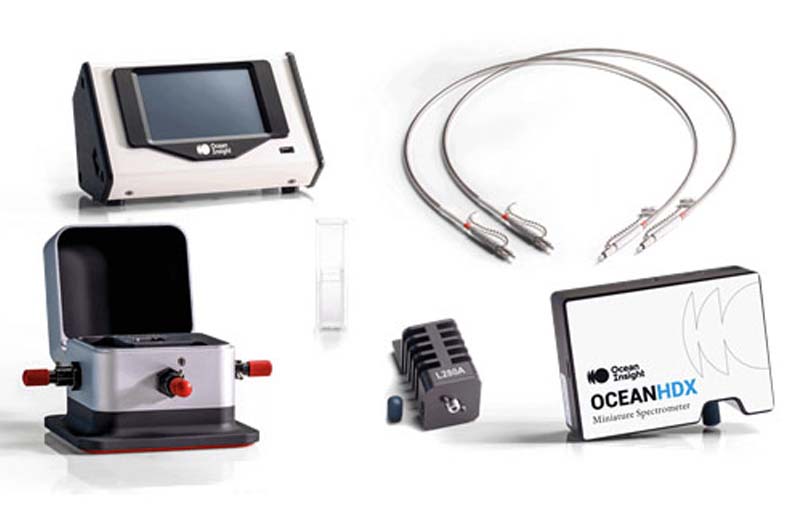
Best Practices for Using Ocean View Software in different spectroscopic applications
Speaker
Mitra Amoli diva (PhD), Spectroscopy Application Manager, ARA Spectron Company
Abstract
OceanView is Ocean Insight’s flagship desktop spectroscopy application, designed to give the user complete control of their experiments and spectral data, while remaining user friendly. Upgrades from OceanView 1.6.7 to OceanView 2.0 are meant to ensure smooth user experience and operation. In this webinar, learn more about manipulating and saving graphs using the View window, getting the most out of the Graph view, specialty features (creating relative reference spectra, splicing spectra, and peak finding), customization, creating strip charts, and more.

Phosphorescence Analysis Using High-Speed LEDs and Time-resolved Spectroscopy
Speaker
Derek Guenther, Senior Application Scientist, Ocean Insight
Abstract
We all remember glow-in-the-dark toys from our childhoods, but the phenomenon of phosphorescence and its uses go far deeper than simple child’s play. Many safety markings used in stairwells, factories, and other low-lit areas rely on phosphorescent materials to provide reliable illumination. Spectroscopy allows us to characterize these materials to ensure they meet regulation standards, but within spectroscopy there are several techniques to analyze phosphorescence. This talk will discuss the ability of high-speed LED’s and spectrometers to characterize phosphorescent materials via steady-state and time-resolved spectroscopy methods, and will touch on the benefits and limitations of each.

You’ll Hear From

Alireza Hedayatour
ARA Spectron

Mitra Amoli Diva
ARA Spectron

Evelien Huijs
Ocean Insight

Derek Guenther
Ocean Insight
